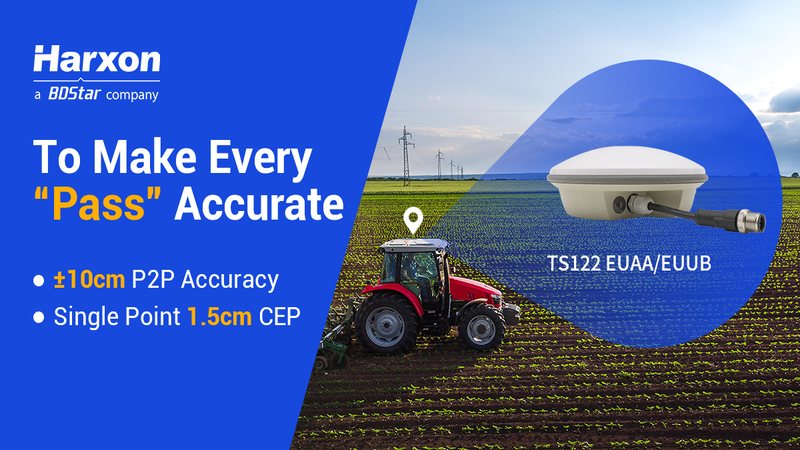The Search For Large Growers
If you talk to someone in agriculture long enough, the size of a nearby farm is bound to come up. Whether it’s the neighbor renting up all the land, the most desired seed customer or their most loyal tractor buyer, large farms are always fun to talk about. Ag folks talk about the biggest grower they know as if the operation is surrounded by some kind of mystique.
The Center for Food and Agricultural Business at Purdue University focuses on understanding the relationship between agricultural retailers and producers. One of the first topics that ag retailers talk about is the importance of the large producer. Large clients pull a lot of weight when they go into the market to purchase inputs: Any level of margin multiplied over the number of units these operations work with is a significant impact to the bottom line. In some cases, there could be motivation to sell to these producers at nearly zero margin, just to qualify for volume discounts from the retailer’s manufacturers.
Talking to ag retailers about large growers often yields two polar-opposite responses. Some retailers talk about how many large growers they serve while others talk about how few and far between these producers are — if they can be found at all. In some cases, large growers are as plentiful as fish in a barrel. In other cases, it’s like a search for unicorns. Do these seemingly ideal customers even exist?
To help answer that question, the center’s researchers decided to figure out where large growers are located. In 2007, the USDA found that 347,760 farms in the U.S. reported planting corn, utilizing only 248 acres on average. The USDA data breaks the farms into groups by number of acres. At the top end of the USDA reporting scale are farms with more than 5,000 acres of corn.
How many of these 347,760 farms do you think reported having more than 5,000 acres? The answer is 0.067%. Not 6%, but 0.067%. In 2007, the USDA reported that 233 farms planted more than 5,000 acres of corn. While this number seems small, it was a substantial increase from the 2002 survey, when only 67 farms reported planting more than 5,000 acres.
When it comes to soybeans, only 74 farms planted more than 5,000 acres, compared to 85 farms in 2002.
For wheat, a total of 300 farms reported planting more than 5,000 acres. Large wheat farms are the most plentiful in total numbers (300) and in relative terms (0.22% of the 136,103 total farms planting wheat). Large soybean farms are the rarest, with only 74 farms and 0.02% of all soybean farms planting more than 5,000 acres.
A close look at these large corn farms reveals that 116 of the 233 large corn farms are in Illinois (44), Nebraska (28), Iowa (23) and Indiana (23).
A Closer Look At Indiana
The center researchers used the Indiana data for a deeper, more targeted look at farm sizes. Using the USDA’s 2007 Census of Agriculture, they evaluated farm size across the board for all crops. The highest-acre group reported by the USDA is “more than 2,000 acres,” so for this evaluation, that is how the largest farm category is classified.
In all, 1,286 Indiana farms fell into this group, or 2.12% of all Indiana farms. This number was up from 990 in 2002 and 713 in 1997. Knox County, located along the Illinois border in Southern Indiana, is home to 45 farms with more than 2,000 acres, boasting the largest collection of these farms. Knox County and 11 other counties are home to a total of 376 large farms, which means that you’d have to actively search for an area not used by large farms in these counties.
On the other hand, in Eastern Indiana, very few of these large farms exist. In some counties, such as Brown and Ohio, there is only one grower with more than 2,000 acres.
In conclusion, the number of “large farms” is quite small, no matter which metric you use to measure it. While the overall trend toward larger farms, briefly pointed out in this report, is likely to continue, the fact will probably remain that less than 1% of corn growers plant more than 5,000 acres and less than 5% (2.12% in 2007) of Indiana growers harvest more than 2,000 acres. Overall, these farms just aren’t as common as one might think.
In addition, the search for large grower-customers is a feast or famine situation. In some areas, large farms tend to dominate, but in others, they’re few and far between. In the U.S., nearly 48% of the large corn growers are in four states.





